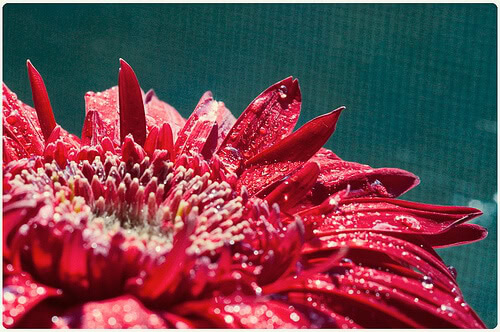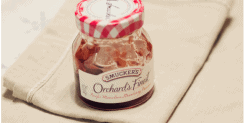Basic Aperture
Photography is all about light.
Controlling aperture permits YOU to control the amount of light and there by controlling depth of field (how sharp or blurry the photo is).
I suggest (if your camera has this option) you shoot in aperture priority (usually AP or A on the dial). You can control the aperture and it will automatically select a shutter speed.
Basically when it comes to aperture, the LOWER the number, the MORE light is let through and the more SHALLOW (or fuzzy) the photo/background becomes. The HIGHER the number, LESS light is let through and MORE of the photo is in focus.
f/2.8

f/4

f/8

f/13

f/20

f/32

As you can see in this progression, starting with the first photo, barely anything is in focus, the background is just a wash of color and only a couple petals are in focus, by the time you reach the last photo, EVERYTHING is in focus including the window screen which is now well defined.
When you hear someone saying, “I shot wide open”, usually they are referring to using a LOWER number aperture, like f/1.8 for example, which lets MORE light through the lens and creates SHALLOW depth of field.
Now remember how I mentioned that photography is all about light? If you are in a brightly lit area, direct sun for example, you may NOT want to shoot “wide open”. Doing so again lets the maximum amount of light through the lens and in that bright scene it could be TOO much light and overexpose (make the photo too bright/white/washed out) your photo.
Eventually I will do a really basic shutter explanation, ISO, and how to put aperture and shutter speed together.
This post is over a year old which means the content may be outdated or no longer accurate.






I’m not ashamed to say that I DO play with aperture, but I had no IDEA that THAT’S what I was doing! Thank you for a wonderful, easily understandable explanation, Sarah! I can’t wait for more photography tutorials from you
Yay I am so glad it helped!
Now you will be able to CONTROL the outcome of your photos more!
Awesome post! I haven’t been able to learn much about photography and this was definitely informative :) Thanks for sharing!
Thank you! What’s great is this generally applies to ANY camera. Even most point and shoot cameras will allow manual settings.
I fool around with my Aperture, but there’s some things I wasn’t sure about. Thanks! I’m looking forward to your future posts :)
You are very welcome! I hope to do a photography tutorial each week, kids permitting lol
Thank you so much for posting this. While your explanation is simple, it’s simple and straightforward AND complete with examples — it definitely drilled it into my dense head, haha. I have been playing around with aperture for a few months now, like Samantha, but I never really “got” it. I read your post, saw your photos, and bam, it clicked!
Post more tips/info, pretty please. :D
I am so glad it helped! I am going to try to post a new tutorial every week!
Awesome post. Although I had a vague understanding, this definitely drilled it into my head.
I think these photo tutorials should definitely be a regular occurrence.
Thank you!
Oh yes, I will eventually do a shutter speed and ISO post!
I can’t wait to get out there and really play around with the aperture. I’ve experimented with it many times, but I feel like now I can play…with purpose. lol Thanks for the great tutorial!
You are very welcome! I can’t wait to see your results!
Love this! I need to experiment more with smaller apertures. And with long exposures. (Those go hand in hand I suppose!) I’ve seen some really cool shots of water done over about 20 seconds that are gorgeous and surreal looking.
Oh yes, I LOVE those silky waterfall shots!
Oh, I never commented on this one? Love the explanation and the photos. This “post card” for your comment form really rocks! I love your designs. :)
Thank you so much! I need to find the time and do a shutter speed post as well, just need a good subject lol.
Personally, I’d love something on ISO too. It’s a concept I understand, but making the best choice for my shots is challenging. The more I can read about it, the better. :)
Oh yes, I have plans for an ISO post as well THEN how to work aperture/shutter/iso to create a shot.
Sarah! ♥ I bookmarked this post of yours a long time ago, thinking it will be useful when I have my own dslr. Hehe… Just got my camera yesterday! ♥ I need to experiment this on my camera. I get nosebleeds reading the manual. LOL.